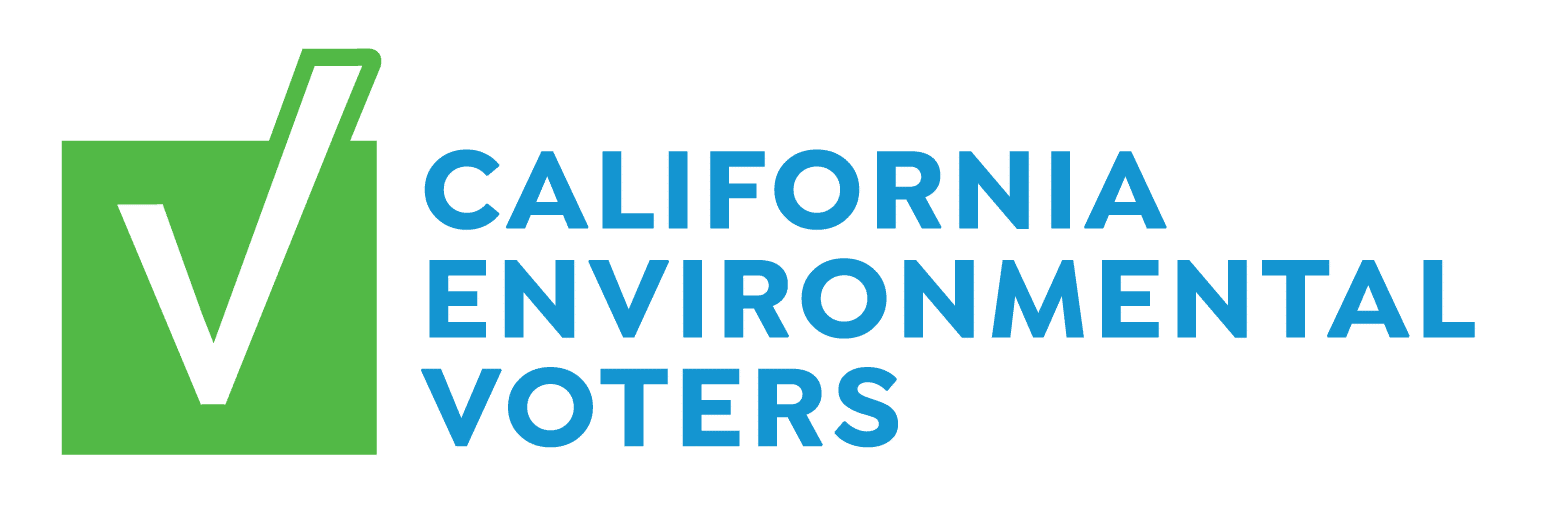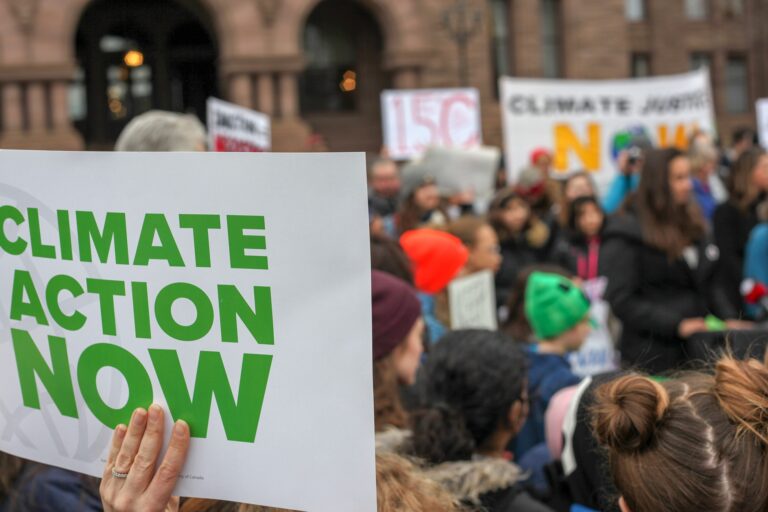Back in October 2020, Governor Gavin Newsom signed his Nature-Based Solutions Executive Order, elevating the role of natural and working lands in the fight against climate change and advancing biodiversity conservation as an administration priority.
As part of this Executive Order, Newsom committed California to a goal of conserving 30% of our lands and coastal waters by 2030. The California Natural Resources Agency (CRNA) was directed to coordinate the execution of 30×30 with other state agencies and stakeholders through a series of actions including developing a strategy document by February 2022: Pathways to 30×30.
Over the past year, through a collaborative and inclusive public engagement process, CNRA has been gathering expert opinions and asking people around the state for their input on the best opportunities and strategies for achieving 30×30. Tribal consultations, public input surveys, regional discussions, and topical workshops have all helped shape the draft strategy over several months, ensuring that the conservation strategies consider the widest range of perspectives.
At COP 15 in Montreal late last year, Québec and California joined a sub-national task force to preserve 30% of our land and water by 2030. At this point, 100 countries have now committed to the cause. So far the 30×30 coalition in California has organized and on multiple instances been able to achieve land repurposing and remediation, ending historical land use incompatibilities such as fossil fuel extraction and polluting industries near low-income communities, particularly in degraded urban landscapes. At this point in time, 24% of terrestrial landscapes and 16% of coastal waters are now conserved spaces. We have made some great progress in the past couple of years, but we still have quite a ways to go.

Beyond conserving natural landscapes and addressing the climate crisis, 30×30 is an opportunity to address the legacies of discriminatory land use policies, pollution burdens, and other environmental injustices that have excluded low-income households, tribes, and communities of color from access to nature in their communities, and from decisionmaking around public resources. We at EnviroVoters are joined by our coalition members in continuing to advocate for a comprehensive 30×30 plan that fosters equity and helps address historic and systemic environmental injustice in California.
Our pathway to 30×30 is clear. We must work together to protect, restore, and steward our precious natural world. Humans are an integral part of nature and depend on the successful conservation of our lands and waters. It will take focus, collaboration, and commitment to effectively sustain conservation in California through 2030 and beyond.
Green spaces across the state are threatened by development, which also affects restoration efforts, job creation, and infrastructure investments. These 30×30 commitments may be the bare minimum if we want to combat the climate crisis, but they can still become an overall win across the board. 30×30 in California can show the world that expanding ambitious environmental conservation that achieves multiple benefits is possible and beneficial. Working together, we can leverage the interest and excitement generated by 30×30 into lasting environmental improvements that will benefit California for generations to come.
We encourage you to join us in the fight to protect 30% of California’s land by 2030. Here’s what YOU can do:
-> Take this survey to provide your recommendations for conserving 30% of coastal waters by 2030
Now you can find out with our 2024 California Environmental Scorecard! Use it to see how California’s leadership scored, how many legislators take dirty oil money, and much more.



